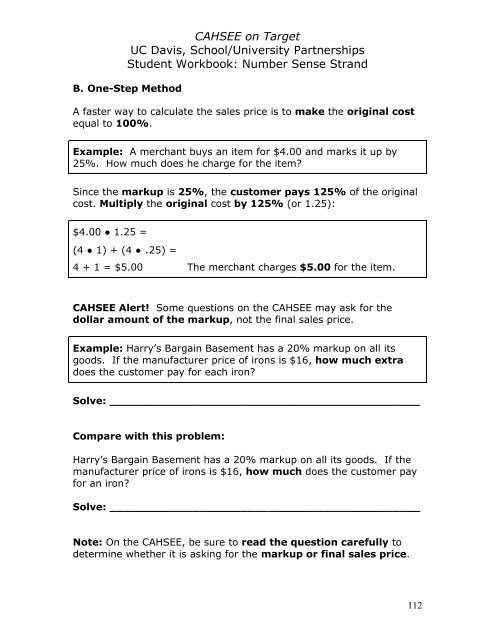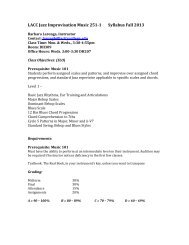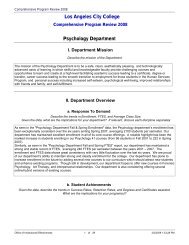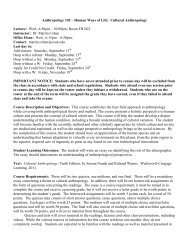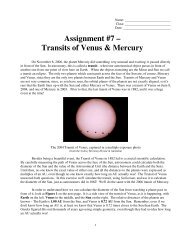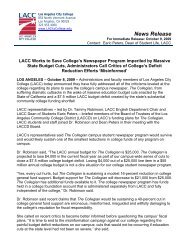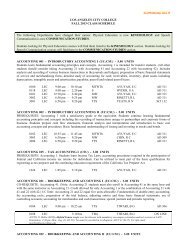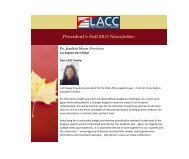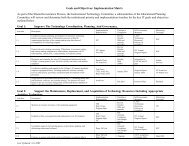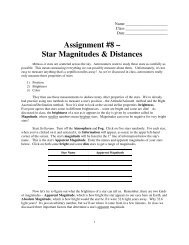Number Sense
Number Sense
Number Sense
You also want an ePaper? Increase the reach of your titles
YUMPU automatically turns print PDFs into web optimized ePapers that Google loves.
CAHSEE on Target<br />
UC Davis, School/University Partnerships<br />
Student Workbook: <strong>Number</strong> <strong>Sense</strong> Strand<br />
B. One-Step Method<br />
A faster way to calculate the sales price is to make the original cost<br />
equal to 100%.<br />
Example: A merchant buys an item for $4.00 and marks it up by<br />
25%. How much does he charge for the item?<br />
Since the markup is 25%, the customer pays 125% of the original<br />
cost. Multiply the original cost by 125% (or 1.25):<br />
$4.00 ● 1.25 =<br />
(4 ● 1) + (4 ● .25) =<br />
4 + 1 = $5.00 The merchant charges $5.00 for the item.<br />
CAHSEE Alert! Some questions on the CAHSEE may ask for the<br />
dollar amount of the markup, not the final sales price.<br />
Example: Harry’s Bargain Basement has a 20% markup on all its<br />
goods. If the manufacturer price of irons is $16, how much extra<br />
does the customer pay for each iron?<br />
Solve: _____________________________________________<br />
Compare with this problem:<br />
Harry’s Bargain Basement has a 20% markup on all its goods. If the<br />
manufacturer price of irons is $16, how much does the customer pay<br />
for an iron?<br />
Solve: _____________________________________________<br />
Note: On the CAHSEE, be sure to read the question carefully to<br />
determine whether it is asking for the markup or final sales price.<br />
112


